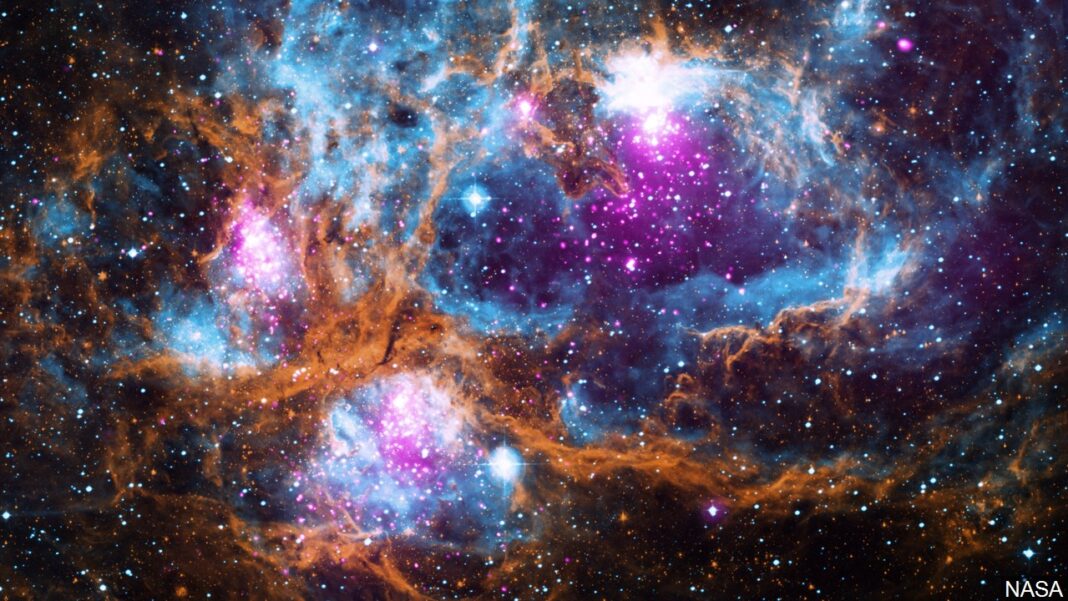As health conditions improve and the area observatories are once again open for the public there will be opportunities to view through better quality telescopes as star parties are able to begin again. Then you may hear the plaintive buzz from a child asking for a personal telescope.
The current issue of Astronomy magazine has an informative article discussing purchasing a first telescope for young children. The posted prices range from about $60 to $300. Occasionally we are contacted about suggestions for telescopes and our response is always to look for opportunities to view through another person’s scope before making a purchase.
A flimsy tripod will soon erase most folks’ interest in trying to use a telescope. Sometimes that problem can be alleviated by suspending a plastic jug of water from the tray in the tripod. If you are considering a telescope for I child, the article would be worth reading.
On the next clear before-sunrise morning, or post-sunset evening, your sky watching will bring the sneak-preview of summer stars before dawn. Evening is the spring sky view. If you locate the triangle of stars, Denebola in Leo, Spica in Virgo, and Arcturus in Boötes, you may spy the lovely cluster of stars known as Berenice’s Hair.
You may recognize the name Berenice was queen of Egypt and was married to Ptolemy III. He went off to battle and she promised her long flowing tresses to Aphrodite if he returned safely. Upon his safe return she cut off her hair and put it in the temple, but the hair disappeared.
The quick-witted court astronomer pointed to a hazy glow in the sky between Denebola and Arcturus and told the couple that the goddess had honored the queen by placing her hair in the sky. There are over 200 stars in the cluster, but the stars are mostly very faint and hard to see.
As the Moon is past full it will be easier to explore its surface if you don’t mind late-night or pre-dawn observing. The lunar surface is a marvel of craters, ridges, mountains, valleys, and maria to explore. Serious lunar surface remote exploration would be enhanced using a lunar globe or a good set of maps of the areas to be roamed through the eyepiece of your favorite optical aid. A suggested Moon globe is available at MyScienceShop.com.
There are 1,473 specific features on this globe that has been made using data obtained from your tax dollars that paid for the Lunar Reconnaissance Orbiter. The LRO has been sending data from its lunar orbit since 2009.
Are you following the adventures of Mars Rover Perseverance and the helicopter Integrity? The new technology is working well and those of us who get excited about robotic missions have been delighted with the images that are shared regularly on the internet.
Orion is still hanging out high overhead at dark. Check out his incredibly beautiful nebula M42 that harbors the tiny star cluster named Trapezium. Some folks have been sharing some stunning images of the constellation on the Amateur Astronomy site on, Of course those are not what you should expect to see through the eyepiece of your telescope because the images are stacked and manipulated with computer programs.
Serious sky watchers can look for Comet C/2020 after 1 A.M. Between the 6th and the Full Moon it will be passing through Aquila to Hercules but an 8 inch scope will be needed to see it.
Until next week, KLU.




